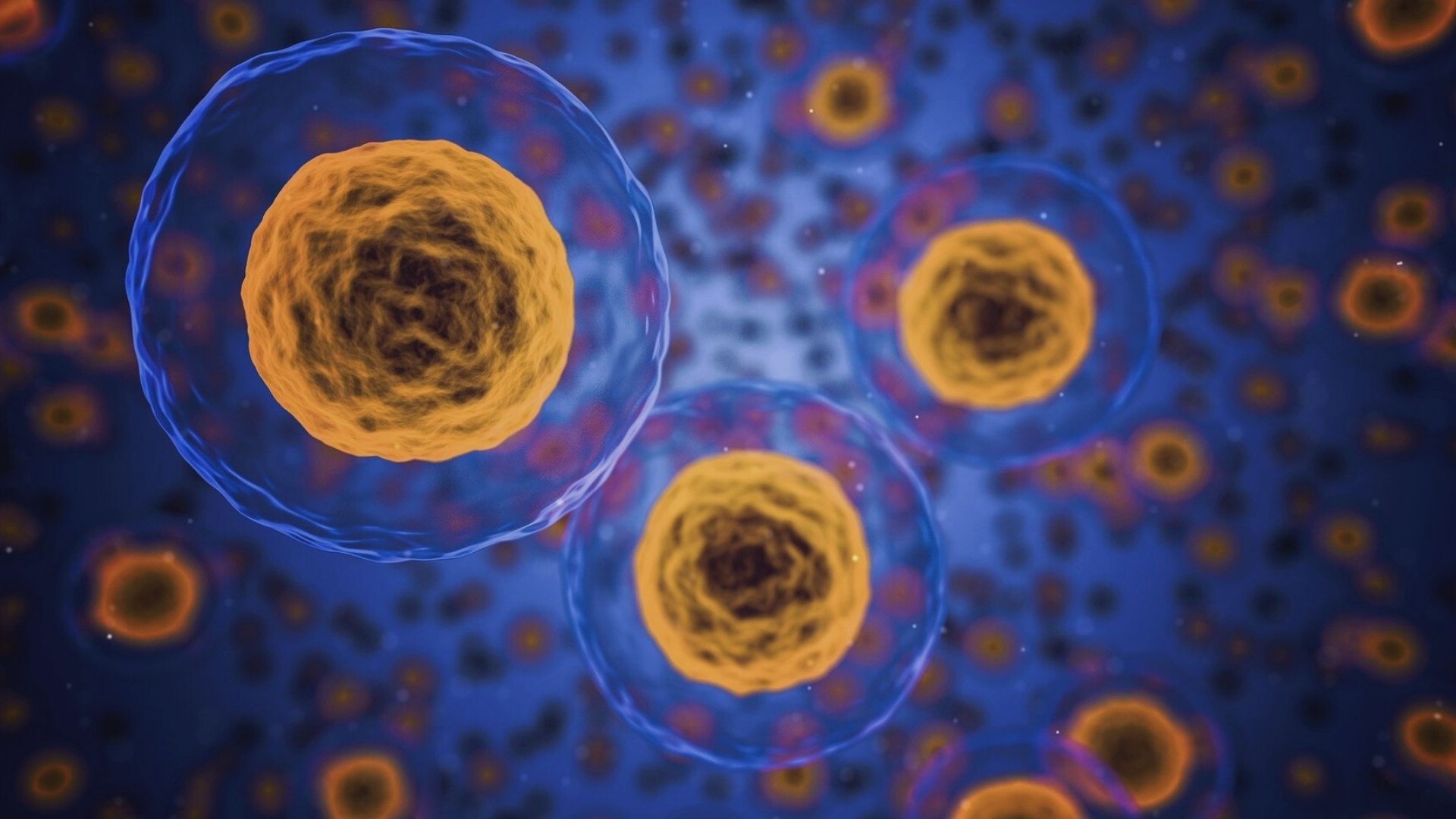
Bioprocessing is not usually a topic that comes up in conversation while having a drink with friends at the bar. But even without knowing it, we are exposed to bioprocesses on a daily basis. Thanks to this biobased technological phenomenon we can enjoy a good beer or a tasty wine, but also provide health solutions through the development of vaccines and cell therapy, thrive agricultural production, and advance on sustainable methods against pollution, among others.
To gain a deeper understanding of how bioprocessing works, we have to take it back to the original key player of life as we know it: the cell.
During their life circle, cells use the elements their environment provides and transform them into products of interest. We-being basically huge piles of cells- experience this every day by digesting our food in order to maintain a functioning body.
Cells nurture from oxygen, carbon, nitrogen, phosphor, or hydrogen and transform them into biomaterials. Since there are different types of cells, the substances they produce differ. While mammalian cells can produce monoclonal antibodies, important for the disease treatment, other cells, corresponding to other organisms such as yeast or bacteria, can assemble derivatives of sugar and alcohols, which are essential for the brewery industry or the production of biofuel.
Over the years humanity has discovered how to use the natural production power of the cell and optimize this capacity in order to produce desired products and services. Back in the days, this happened mainly through observation, for example when people noticed that heath caused the dough to rise faster. But today we have a better understanding of the biochemistry happening behind this, opening up new opportunities and solutions for diverse branches of industries, as mentioned before.
Thanks to the advances of technologies, we can create bioprocesses on an industrial level, seeing cells as little factories that produce valuable substances, such as proteins or metabolites- naming alcohol, vitamins, or antibodies as the most popular known.
By generating a comfortable environment for cells, providing them with the right nutrients, and keeping them under the right temperature and pressure we can culture cells and harvest them for our needs. Still, this sounds easier than it actually is. To successfully develop and optimize bioprocessing we need vast knowledge in very different fields of science. Every cell line has different necessities, so we need microbiologists to understand the cell behavior, chemists to observe the processes, and engineers to build the devices to grow and harvest the cells and their products successfully.
Today the most common way of growing cells for industrial purposes is via the use of bioreactors, tank-like devices in which cells can grow under optimized circumstances, but as we see it at Stämm, most of the bioreactors that we use today are very inefficient. Moreover, access to them is still limited due to the high costs they entail, and adding up to this, the installed capacity is not sufficient to cover the high demands of humanity’s needs.
That’s why we set out to revolutionize the Biotech-Industry by introducing a new system of continuous cell production. Instead of relying on the known concept of the bioreactor, where cells are introduced in the medium they need to grow, supplied by oxygen via turbulent movements and otherwise left pretty much on their own, we searched for a new way of realizing bioprocesses, that allow a more efficient production in way less space.
Stay tuned to this blog and find out more about it.
By Hannah Kreher
